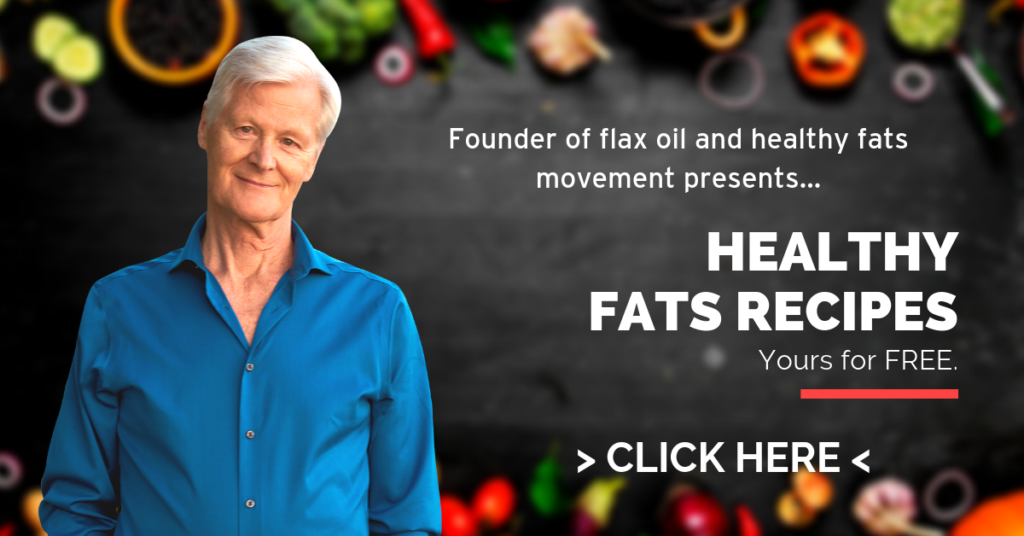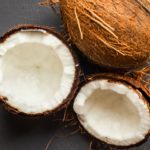Foundations of Health

From the broadest possible perspective, a universal energy created nature by processes that are still largely unknown to us. How this energy uses simple substances to form the complex organizations we call plants, animals, and humans is the realm of physics, chemistry, and biology. In this realm we will find the natural state we call health.
Foods Make Bodies
We have discovered a few of the secrets of our creation by asking questions, making observations, and doing research. A few useful truths have emerged from these efforts. Most fundamental to health is the fact that the entire human body is made from foods, water, air, and light.

This simple statement is the basis of a revolution in health care that is sweeping the globe – the foundation upon which the entire field of work that links nutrition to human health is built. From this basic truth follows everything that is part of how we must understand human health and the products and methods we must use to care for it.
The fact that our entire body is made from foods, water, air, and light establishes that these four must be the primary determinant of physical health. Food, water, air, and light properly chosen for nutrient content, purity (absence of interfering substances that we call toxins or poisons), biological compatibility (determined by each individual’s genetic and biochemical uniqueness) and naturalness, must constitute primary (not alternate or complementary) health care.
We have little control over the biochemical processes that take place after we swallow, breathe in, or expose ourselves. We can choose what we swallow, breathe in, or expose ourselves to. Our health depends on our choices.

Proteins, carbohydrates, and fats are the major components of the foods from which our body is made – the ‘pillars of nutrition’. A substantial amount (15 to 20%) of our calories should come from fats.
Some Substances We’ve Got to Have
We cannot get our nutrients by eating rocks, sand, and soil, or by drinking sea water. We cannot live on carbon dioxide or argon. We cannot survive on our own wastes. We cannot use petroleum or nylon for food. These obviously ridiculous dietary options point out limits to what our body can digest, absorb, and process into body structures, or into energy to move these structures.
Research has discovered about 50 essential factors (of which about 45 are nutrients) that must come from our environment. They include:
-essential nutrients: 20 or 21 minerals; 13 vitamins; 8 amino acids (10 for children, 11 for premature infants); and 2 essential fatty acids
-a source of energy (most commonly starch or glucose)
-water
-oxygen
-light
Our body cannot make these 50 factors, but it must have them to live, function properly, and be healthy. The 50 factors must therefore come from outside, from our surroundings.
In addition to the 50 essential factors, several substances that are not considered essential are also required for good health. Among these are fiber and friendly bacteria that keep our intestines healthy, and hydrochloric acid, bile, and digestive enzymes that digest the foods we eat.
In this book, we spearhead the importance of nutrition to human health by focusing on the two essential fatty acids. They are uniquely sensitive to destruction by light, air, and heat. All other essential substances (except water) can be easily stabilized through drying and powdering.
Too Little, Too Much, or Just Right?
For each essential factor, there is a ‘too little’ (deficiency), a minimum, a maximum, a ‘too much’ (excess), and a Goldilocks ‘just right’ (optimum) daily amount.

These measures differ for each of the different factors, for different individuals, and under different physical, mental, and environmental situations such as gender, pregnancy, lactation, infancy, growth, adolescence, intense physical activity, and senescence. They also differ during stress, illness, infection, and convalescence.
‘Too little’ or complete absence of an essential factor must inevitably bring about increasing physical deterioration (degeneration), ending in death if the factor is not reintroduced in minimum to optimum quantities. ‘Too much’ may result in toxicity symptoms, which can be reversed by decreased intake of the factor. Degeneration from deficiency is far more common than toxicity from excess.
Progressing deficiency of essential nutrients results in a progressive deficiency syndrome characteristic of the nutrient that is lacking. More difficult to identify is a mixture of syndromes resulting from multiple deficiencies of essential nutrients. For each of the essential fatty acids, either too little or too much can lead to disease.
Want to learn more about essential factors? Order ‘Fats That Heal, Fats That Kill' on Amazon.






Comments
Dr. UDO,
YESSSS. . .I agree! The fact that our entire body is made from foods, water, air, and light establishes that these four must be the primary determinant of physical health.
Hi Udo
Thank you for your enormous effort, to teach people about health – body health and inner health. Much appreciated, indeed.
much love to you
Klaus